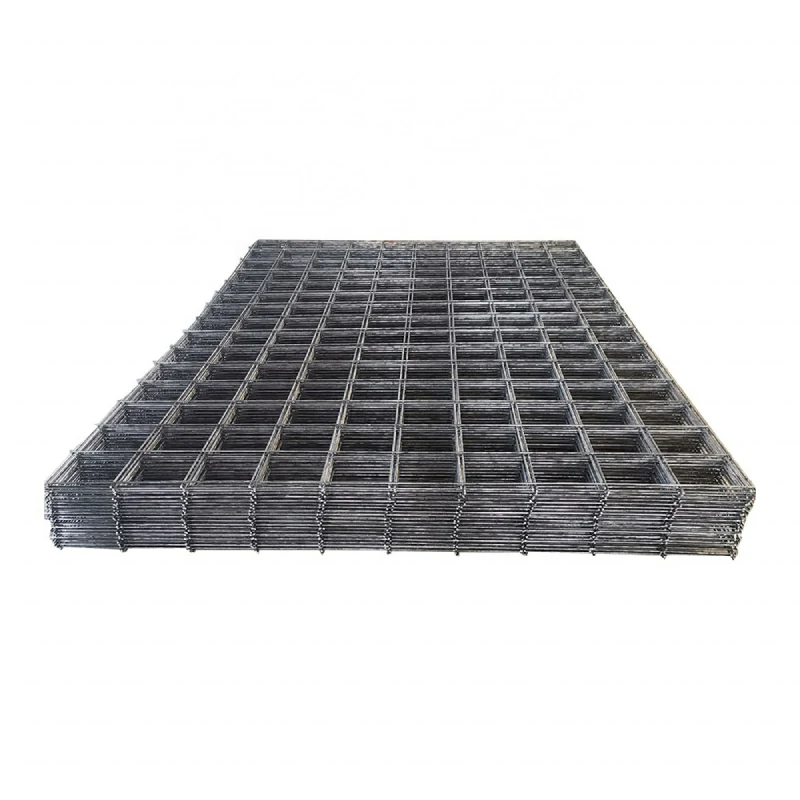Traffic Sound Barriers An Effective Solution for Noise Pollution
In urban areas where roads and highways crisscross neighborhoods, traffic noise has emerged as a significant source of pollution. The din of vehicles, honking horns, and the constant hum of engines can impede the quality of life for residents living close to busy thoroughfares. To mitigate this issue, traffic sound barriers have become an increasingly common solution, providing an effective means of reducing noise pollution and enhancing the comfort of urban living.
Traffic sound barriers, also known as noise walls, are specifically designed structures that aim to block or deflect sound waves emitted from road traffic. These barriers are typically constructed from materials such as concrete, wood, or masonry and are strategically placed along highways, major roads, and streets where noise levels pose a concern. Their design is based on principles of acoustics, with effectiveness depending on factors such as height, thickness, and material used.
One of the primary benefits of installing traffic sound barriers is their ability to significantly lower noise pollution levels in residential areas
. Studies have demonstrated that these barriers can reduce noise by up to 10 to 20 decibels, allowing residents to experience a quieter, more tranquil environment. This reduction not only enhances the overall quality of life but can also lead to improved health and well-being, as excessive noise has been linked to various health issues, including stress, sleep disturbances, and cardiovascular problems.traffic sound barriers

In addition to their acoustic benefits, traffic sound barriers also serve aesthetic and safety functions. Many modern designs incorporate landscaping elements, such as vegetation along the base or the installation of visually appealing features. This not only beautifies the urban environment but also helps to blend the barrier into its surroundings, reducing the visual impact of high concrete walls. Furthermore, these barriers can provide a safety buffer between road traffic and pedestrians or cyclists, promoting safe mobility within urban settings.
However, the implementation of traffic sound barriers is not without challenges. The construction and maintenance of these structures require significant investment, which can be a barrier to their widespread adoption. Additionally, some residents may oppose their installation due to concerns about obstructed views or potential environmental impacts. Therefore, it is essential for urban planners and policymakers to engage with communities during the planning process, ensuring that the needs and concerns of all stakeholders are addressed.
Moreover, while sound barriers are effective, they are not a panacea for traffic noise issues. Their efficacy can be limited by factors such as the topography of the area, the proximity of noise sources, and the type of traffic. Thus, a holistic approach that combines sound barriers with other noise-reduction measures, such as better road surfacing, traffic management, and public transport improvements, is often necessary for optimal results.
In conclusion, traffic sound barriers play a crucial role in managing noise pollution in urban landscapes. While they offer significant benefits in reducing noise and enhancing safety, a comprehensive strategy involving community engagement and integration with broader urban planning initiatives is essential for maximizing their effectiveness. As cities continue to grow and evolve, innovative solutions to noise pollution will be vital in fostering healthy, livable environments for all residents.
-
Why Galvanized Trench Cover Steel Grating Resists Corrosion
NewsJul.10,2025
-
The Versatility and Strength of Stainless Expanded Metal Mesh
NewsJul.10,2025
-
Load Calculations in Steel Grating Platforms
NewsJul.10,2025
-
Keeping Pets and Kids Safe with Chicken Wire Deck Railing
NewsJul.10,2025
-
Hole Diameter and Pitch for Round Perforated Metal Sheets
NewsJul.10,2025
-
Aluminium Diamond Mesh in Modern Architecture
NewsJul.10,2025
Subscribe now!
Stay up to date with the latest on Fry Steeland industry news.

